|
LISTEN TO THIS THE AFRICANA VOICE ARTICLE NOW
Getting your Trinity Audio player ready...
|
Chief Justice Martha Koome has raised serious concerns about the recently introduced university education funding model, describing it as discriminatory and likely to widen inequality in higher education. Speaking on Thursday, CJ Koome warned that if the current model is implemented without modifications, it could lead to significant disparities among students in universities across the country.
The new funding structure, which uses the Means Testing Instrument (MTI) to determine financial aid based on students’ family backgrounds, has already sparked confusion and uncertainty among thousands of students set to join universities. Koome suggested that a more equitable approach would be to consolidate all existing bursary funds into a single pool, which could then be used to make education free for all students.
“This new model risks creating an unprecedented level of inequality in our universities. Imagine a student who has worked hard to qualify for university being told they cannot afford to attend because they have been placed in a higher band, when they should be in a lower one,” Koome said, highlighting the potential for unfairness in the current banding system.
The MTI, employed by the Ministry of Education, assesses students’ financial needs based on self-reported data, including household income. However, critics argue that the system’s banding process is flawed, potentially locking out needy and vulnerable students from accessing higher education.
Koome proposed a radical overhaul of the funding system, advocating for all bursaries, including those managed by governors, women representatives, MPs through the Constituency Development Fund (CDF), and Members of County Assembly (MCA), to be merged. “Why not channel all these bursaries into education and make it free for everyone?” she posed.
Senior Counsel and Narc Kenya leader Martha Karua echoed Koome’s sentiments, labeling the funding model as unconstitutional and prone to manipulation. Karua criticized the lack of public participation before the model’s implementation, warning that it could deny many young Kenyans the opportunity to improve their lives.
“This model, if implemented without adequate public input, will be unconstitutional. It’s denying countless young Kenyans the chance to better their lives,” Karua asserted.
Concerns have also been raised by county leaders, with Nyeri Governor Mutahi Kahiga criticizing the government’s haste in rolling out the new funding model without consulting all stakeholders. “This government seems to be in a rush to introduce new policies, from the State Health Insurance Fund to this funding model. Even if the intentions are good, let’s pause and thoroughly review it first,” Kahiga urged.
In response to these growing concerns, the Ministry of Education has instructed all university heads to admit all students as they await the release of funds. However, questions remain about how these students will be accommodated and provided for without clear financial allocations.
President William Ruto, addressing the issue on Sunday, promised that the most vulnerable students would not be disadvantaged under the new model. He announced plans to increase funding for scholarships and loans for the neediest students from 80% to 95%.
Despite this assurance, the Ministry of Education is pressing ahead with the revised student categorization for financial aid, which considers various socio-economic factors, including household income, geographic location, poverty levels, and special circumstances such as disabilities.
Under the revised MTI, students are classified into five bands based on their household income and financial needs. Those in Band 1, the most vulnerable, will receive the highest level of support, including a 70% scholarship, a 25% loan, and minimal family contribution. Meanwhile, students in Bands 4 and 5, who come from middle and high-income families, will bear the highest tuition costs.
Special considerations will be given to students with disabilities and those from marginalized communities to ensure they receive adequate support under the new system.
The Ministry has reported that 85% of students who sat their exams last year and qualified for government funding have already applied for assistance. Applications will remain open until the end of the year. However, the new funding model will only apply to the 2022 Kenya Certificate of Secondary Education (KCSE) cohort, while continuing students will remain under the old funding system, which will allocate bursaries to nearly 40,000 students this financial year.
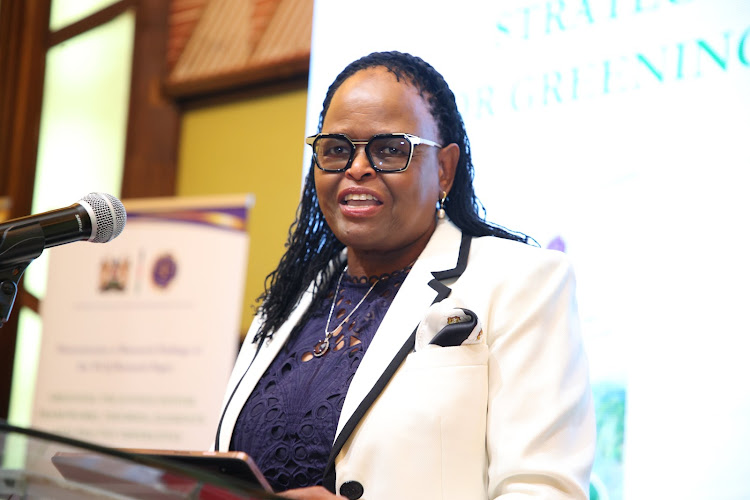


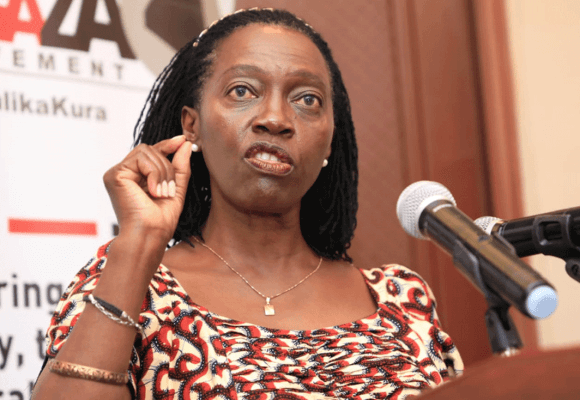
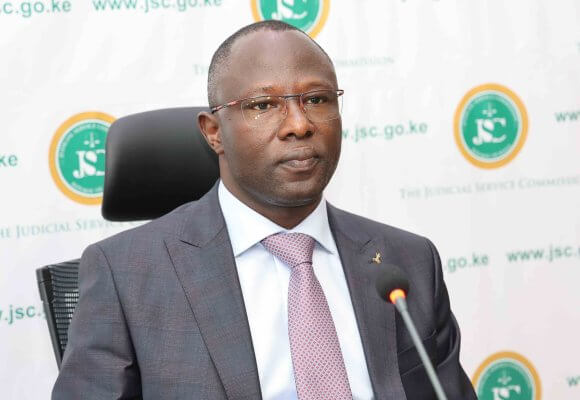


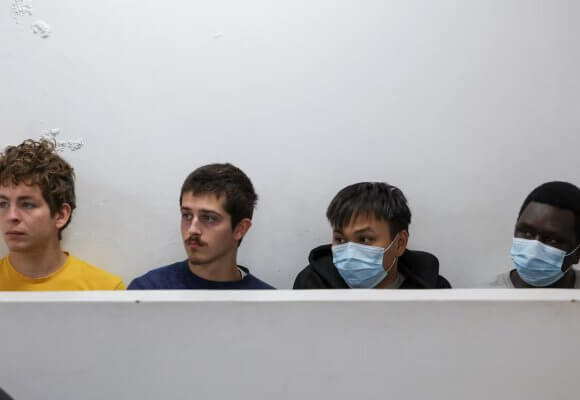

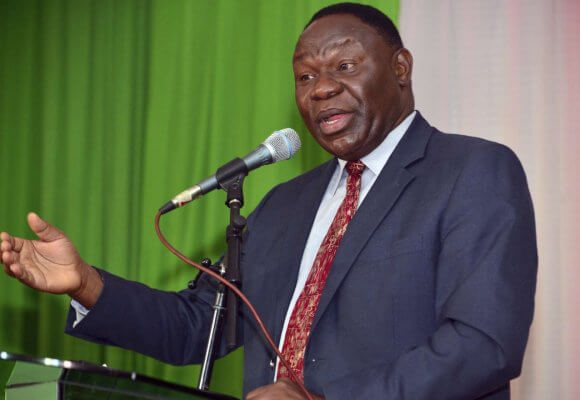
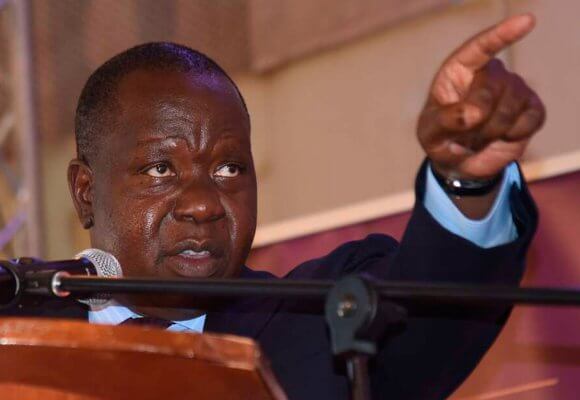
LEAVE A COMMENT
You must be logged in to post a comment.